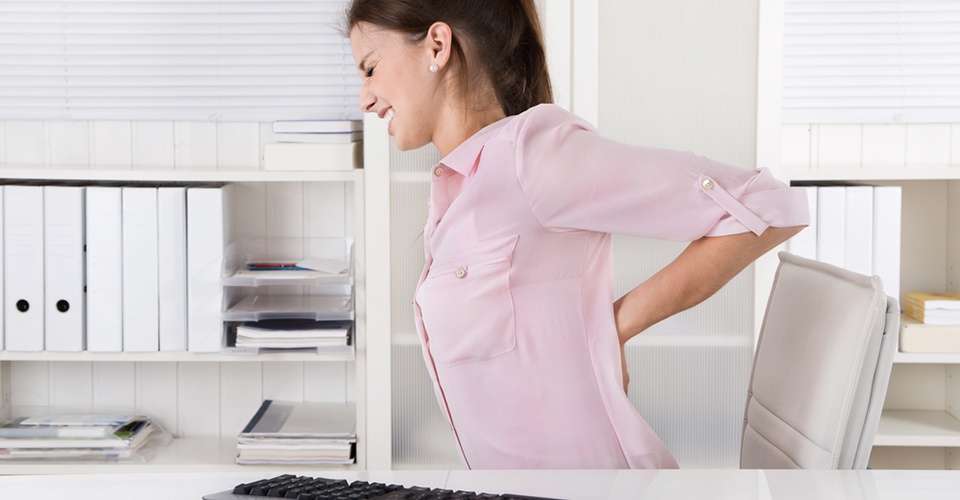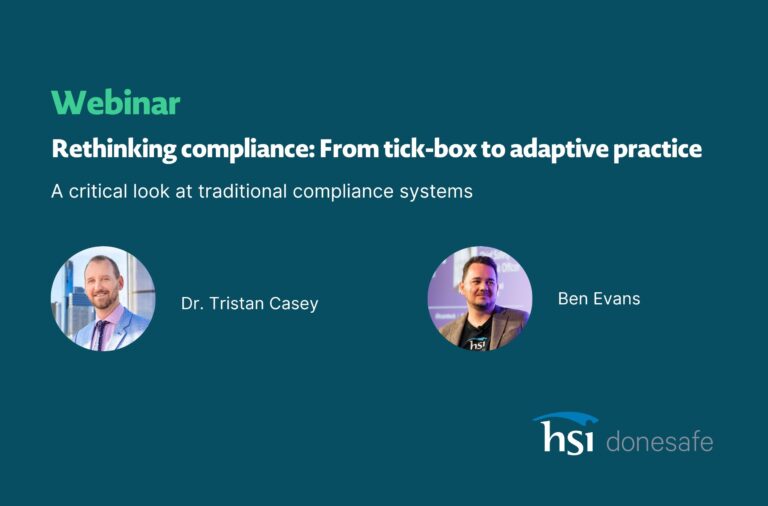
When we say “health and safety”, we usually think about construction sites, toxic chemicals, or
maybe even top-security protocols. But what about the office? The occupational hazards of working
in an office sometimes aren’t blatantly obvious, and that’s because they tend to build up over time
without any immediately alarming effects.
But that doesn’t make them any less concerning. In fact, office environments can undermine health
in chronically damaging ways. Below are some of the most common types of office-related health
and safety hazards, and how to prevent them.
Deteriorating vision: Sitting in front of a computer all day is a fact of life for most office workers.
Don’t wait until you notice symptoms such as blurred vision or headaches. Find out whether wearing
eyeglasses or contact lenses could help you stay productive without sacrificing your eye
health. When it comes to the lighting around you, people can have different preferences. Try to find
that happy medium between too dim and too bright.
Back pain: Health experts have been claiming that sitting is the new smoking. And while sitting might
even reduce your lifespan, it can also cause a lot of discomfort in the lower back and legs, especially
if you are not keeping fit outside of work. The bad news is that sitting is probably not going away,
and unless your employer is willing to accommodate an alternative option such as a standing desk
(or even a treadmill desk!), you’re probably out of luck. The good news is that when it comes to
sitting, making tiny changes in the way you sit can make a difference. Practice good posture and
alignment, with your neck and shoulders in a straight line, and feet planted on the floor. Get a chair
with good lumbar support, and keep all peripherals (keyboard, mouse, etc.) within reach to avoid
straining forward.
Stress: Having a physical job can be stressful, but it can also provide a much-needed outlet for stress,
unlike having to bottle it in at a desk. Stress can also have secondary effects, such as lack of sleep or
absenteeism. Because everyone reacts to stress in different ways, it can be particularly tough to
manage. Relaxation techniques such as breathing exercises or taking consistent breaks from work
can help manage stress. Employers should solicit employee feedback to become aware of mental
health concerns such as stress and assess the health of the workplace. Employees are not powerless,
either. Developing resilience strategies can help you take control over how you react to a stressful
situation.
Share:



